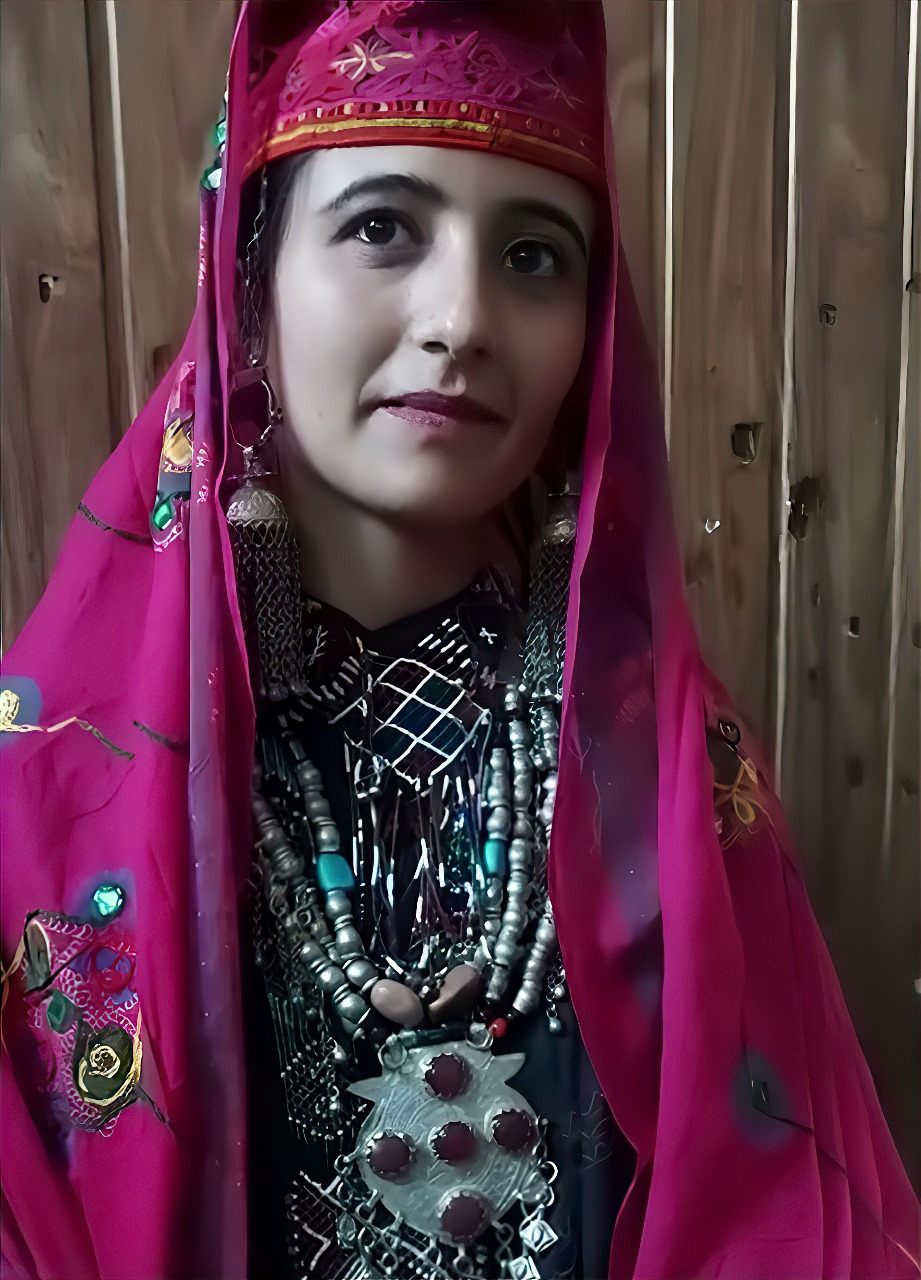Gurjar
| Gurjar, Gurjara, Gujjar | |
|---|---|
| Ethnicity | |
 | |
| Ethnicity | Punjabi, Kashmiri, Gujarati, Sindhi, Haryanvi, Marathi |
| Location | South Asia |
| Language | Punjabi, Kashmiri, Hindi-Urdu, Gujarati, Sindhi, Haryanvi, Gojri, Pashto, Balochi |
| Religion | Islam, Hinduism, Sikhism |
Gurjar or Gujjar (also translitterated as Gurjara, Gujar, Gujjara and Gujjer) are an Aryan,[1] agricultural[2] ethnic community, residing mainly in India, Pakistan, Nepal, and Afghanistan,[3] divided internally into 1788 to 2000[4] clan groups. They are an agricultural and pastoral group of Jammu and Kashmir, Northwestern India, northern and central Pakistan, Azad Kashmir and northeastern Afghanistan. Scholar K.M. Munshi theorizes that the Gurjars are descended from the Yadavas and and a clan of Gurjars calls itself Nandvanshi.[5]
The Gujari language is closely related to Rajasthani and Marwari. As per historical accounts parts of Rajasthan and Gujarat were known as Gurjar-bhumi or Gurjaratra prior to Mughal period in India.[6] The Gurjar-Pratihara dynasty acted as a barrier to invasions from Muslim Arabs for around 300 centuries.[7] However, in later times, circa the 14th century AD onwards, they were reduced to small principalities due to successful invasions and conquests by Muslim powers in northern and western India. During the 15th-16th century, there were Gujjar kings in the areas of Meerut and Dadri. The Gujjars in Pakistan and Afghanistan are Muslim.
After this time, with struggles against the rising Mughal power and later British India the Gujjars gradually fell into a decline. They became poor nomads and started living in jungles and forests. With Muslim rule in North India, the Hindu Gujjars of the area surrounding Delhi had to live in jungles in order to save their Hindu faith and to survive.
Geographical Distribution[change | change source]
Today, Hindu Gujjars are found in the Indian states of Rajasthan, Haryana, Western Uttar Pradesh and to a smaller extent Punjab. Muslim Gujjars are found in the Indian states of Uttarakhand, Himachal Pradesh, Jammu and Kashmir and in the Pakistani provinces of Punjab, Azad Kashmir, Khyber Pakhtunkhwa and in the Afghanistan province of Nuristan.
Reference[change | change source]
- ↑ Thakur, Upendra (1974). Some Aspects of Ancient Indian History and Culture. Abhinav Publications. p. 80. ISBN 978-0-88386-289-6.
The Gujars of the Punjab are unquestionably Aryan by race.
- ↑ Zelin, Madeleine (2015-10-06). Merchant Communities in Asia, 1600–1980. Routledge. p. 148. ISBN 978-1-317-31789-0.
- ↑ Rahi, Javaid, ed. (2012). The GUJJARS - A Book Series on History and Culture of Gujjar Tribe. Vol. 1.
- ↑ Govind Sadashiv Ghurye (1969). Caste and Race in India. Popular Prakashan. pp. 232–. ISBN 978-81-7154-205-5.
- ↑ Hāṇḍā, Omacanda (2001). Temple Architecture of the Western Himalaya: Wooden Temples. Indus Publishing. p. 26. ISBN 978-81-7387-115-3.
- ↑ Ramesh Chandra Majumdar; Achut Dattatrya Pusalker, A. K. Majumdar, Dilip Kumar Ghose, Vishvanath Govind Dighe, Bharatiya Vidya Bhavan (1977). The History and Culture of the Indian People: The classical age. Bharatiya Vidya Bhavan. p. 153.
{{cite book}}: CS1 maint: multiple names: authors list (link) - ↑ Keay, John (2000). India: A History. Grove Press. pp. 95, 2001. ISBN 978-0-8021-3797-5.
